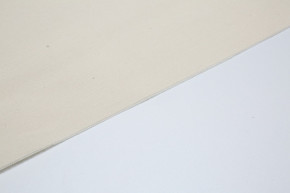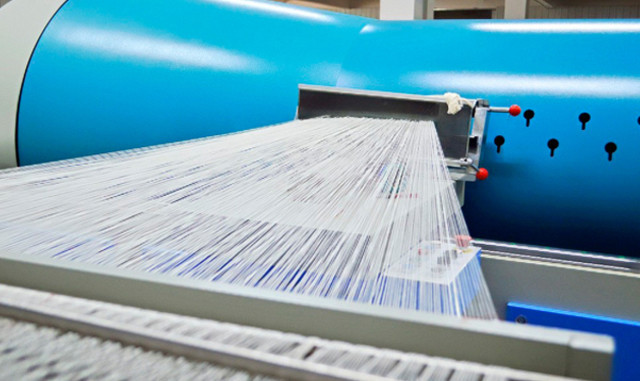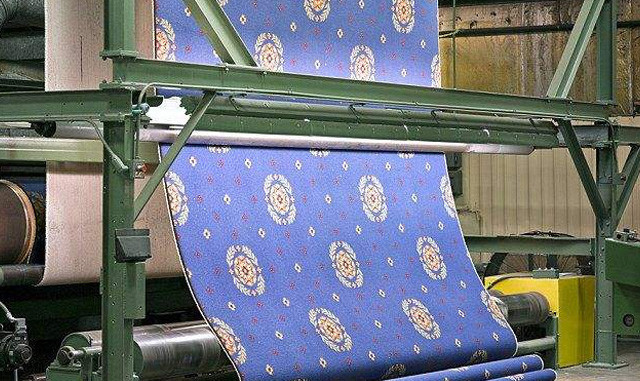UV Blanket: Quality Choice and Environmental Protection Solution in the New Era of Printing
In the modern printing industry, UV blanket as a high-end printing consumables, with its excellent performance and environmental protection attributes, has gradually become an important choice for major printing companies to improve printing quality and optimize production processes.

UV blanket because of its special material and process design, with strong resistance to ink, abrasion resistance and good resilience. In the actual printing process, especially in the UV curing printing process, the UV blanket can effectively absorb the impact of the printing process, to ensure that the printed lines are clear and the dots are full, so as to achieve high-quality printing results. For example, in the production of high-precision printed matter such as high-end picture albums and exquisite packaging boxes, the use of UV blankets significantly improves the printing quality of the product, making the image colorful and rich in details, and meeting the consumer demand for high quality printed matter.
In addition, the environmental protection characteristics of UV blanket can not be ignored. Compared with traditional blankets, UV blankets pay more attention to the environmental protection and recyclability of materials in the production process, reducing the adverse impact on the environment. After use, some UV blankets can also be properly cleaned and refurbished to extend their service life, which not only saves resources, but also conforms to the general trend of green and sustainable development in the printing industry.
In summary, UV blanket with its excellent printing performance and environmental protection advantages, in the printing industry to stand out, as many printing enterprises to enhance the printing quality, to achieve the ideal choice of green production. With the progress of science and technology and the promotion of environmental awareness, UV blanket will continue to glow in the future printing field, injecting more vitality and possibilities for the development of the printing industry.








 Tel:+86-519-86709609
Tel:+86-519-86709609 Fax:+86-519-86708989
Fax:+86-519-86708989 Mail:shenghui@shenghuitextile.cn
Mail:shenghui@shenghuitextile.cn Address: Donghua Village Industrial Park, Hutang Town, Changzhou City
Address: Donghua Village Industrial Park, Hutang Town, Changzhou City